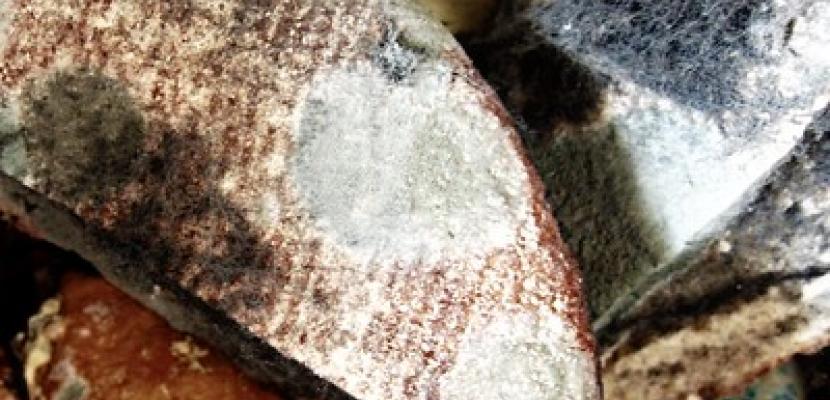
Processing alternatives of biodegradable waste – anaerobic digestion, energy & biofuel

About this good practice
Regional policies to utilise biowaste in environmentally sustainable manner need to follow guidelines depicted in EU waste directive. The priority hierarchy needs to be followed. Material circulation is prioritised to fuel production. Other utilisation options are possible, if LCA indicates such solutions as sustainable options.
Climate change, acidification and eutrophication were included in the analysis relating to the environmental impact. The study was able to utilise widely openly available datasets, such as Biomass Atlas, VAHTI and Ecoinvent databases and other information. SimaPro software was utilised. Degree of uncertainty was evaluated by Monte Carlo analysis.The use of three processing alternatives could outweigh the impact of the processing, excluding the effects of acidification. Burning generates the most significant eutrophication effects due to sulphur dioxide emissions. The carbon credits received for the replacement of the method of energy production significantly vary depending on what the energy to be replaced is presumed to be.
The outcome of this practise has been utilised in Finnish waste act preparation, and has aided in launching the preparation of Finnish national biogas programme, and in the regional level the promotion of bio and circular economy initiatives and policies. Main stakeholders include waste management companies, regional development organisations, policy makers and municipal actors.
Expert opinion
Resources needed
Three staff members from the Finnish Environment Institute conducted the life cycle analysis. The process was carried out under the instruction of two staff members from the Ministry of the Environment.
Evidence of success
The practice thoroughly analysed LCA of biowaste processing options. In terms of direct environmental impact, anaerobic digestion is the best alternative for processing biodegradable waste in analysed environmental categories. The second alternative is burning and the last alternative is the production of biofuel. Carefully conducted, reliable study is widely utilised. The government programme 2019 includes strong support for anaerobic digestion. New plants in region utilise biowaste.
Potential for learning or transfer
Sustainable utilisation of biowaste is a global concern. Several possibilities are recognised for utilisation of biowaste, but without LCA analysis, best options are not necessarily easy to be decided. The practise utilises open datasets, which in some areas may be restricted, but generally easily available. Via careful analysis the local conditions are easily taken into account, and such practise can easily be adjusted to support local decision-making and policy adjustments.
Further information
Website
Good practice owner
You can contact the good practice owner below for more detailed information.
The Finnish Environment Institute

